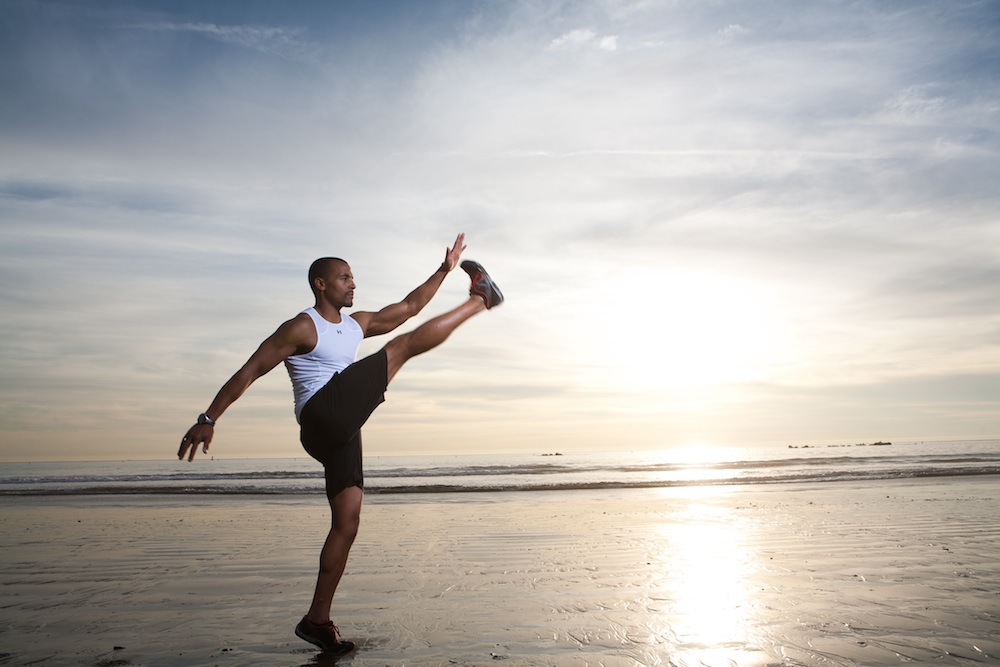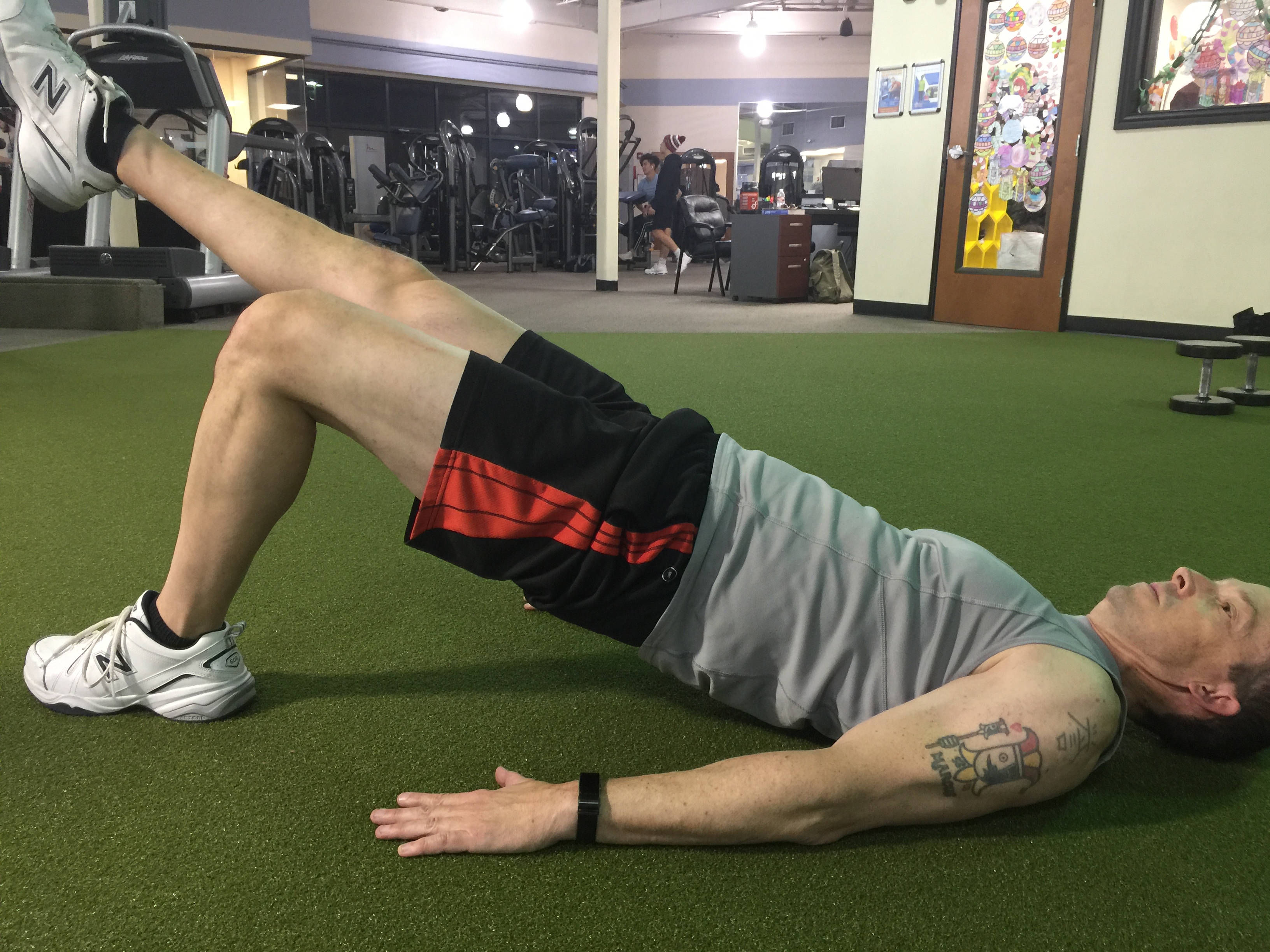Training to increase maximal strength as well as training to increase power have both been found to be effective at improving vertical jump. In general, when one trains to increase maximal strength there are fewer repetitions per set with heavier weights (usually well above 80% of 1-RM). In general, when one trains to increase power the weights are smaller so that they can be moved more quickly, with a low volume of training to prevent fatigue.
Lamas et al took an unusual look at the effectiveness of the two extremes when it comes to training to improve power, as measured by the squat jump and the counter-movement jump (SJ and CMJ). The idea was to see if an eight week training program using either extreme approach (strength vs. power) had an impact on jumping height, but also jumping movement patterns and force production.
The authors studied physically active males and had them perform an eight week, three times/week training protocol using the back squat exercise. Both groups had a periodized program, with the strength group training heavier than the power group. After eight weeks:
• Both groups increased their back squat 1-RM, the strength group by almost 23% and the power group by almost 17%.
• Both groups saw an increase in squat jump height, the power group by more (16% for power, 13% for strength).
• Both groups saw an increase in CMJ height, the power group by more (8% for power, 5% for strength).
• Muscle fiber cross-sectional area changed from training. The strength group increased Type I, IIa, and IIx fiber size by 15%, 18%, and 41%. The power group changed fiber size by -5%, 15%, and 19% respectively.
• Jumping performance was different, but subtly so. The strength group increased the joint torques during the squat jump anywhere between .1% for the ankle, 12% for the hip, and 15% for the knee. The power group decreased joint torque during the squat jump at the ankle (-10%) and hip (-7%), but increased at the knee (11%). This was different than the CMJ, where the strength group decreased their joint torque at the ankle (-11%), but increased at the knee (7%) and hip (11%). By comparison the power group increased joint torque across all joints at the CMJ, (8% for ankle, 2% for knee, and 2% for hip).
• The authors did not find a change in rate of force development or muscle activation as measured by EMG signals.
Let’s start with the obvious, both training protocols increased squat strength and jumping height, though these were not all statistically significant increases. The strength protocol was more effective at increasing muscle fiber cross-sectional area. The strength protocol was also more effective at increasing peak torque across all joints during both jumping conditions with the exception of the ankle during the CMJ. While the power group was able to jump higher on the CMJ (8% increase versus 5% increase), I think the strength protocol is laying a better foundation for long-term success than the power protocol.
Now, having said that, performing the back squat with light weights (30-60% of 1-RM), quickly, is a terrible power-building protocol. I understand that the authors want to compare apples to apples as best they can in this study, but in reality if we were training an athlete for power we’d use several approaches simultaneously:
• Heavy strength training using the back squat, front squat, and hip extension exercises.
• Variations of the Olympic lifts with 60-80% of 1-RM.
• If we’re concerned about jumping performance, then we’d incorporate plyometrics using jumps (i.e. we’d train for the test).
The sum of all these interventions would be much more effective than any one used in isolation.
Lamas, L., Ugrinowitsch, C., Rodacki, A., Pereira, G., Mattos, E.C.T., Kohn, A.F., and Tricoli, V. (2012). Effects of strength and power training on neuromuscular adaptations and jumping movement pattern and performance. Journal of Strength and Conditioning Research, 26(12): 3335-3344.


